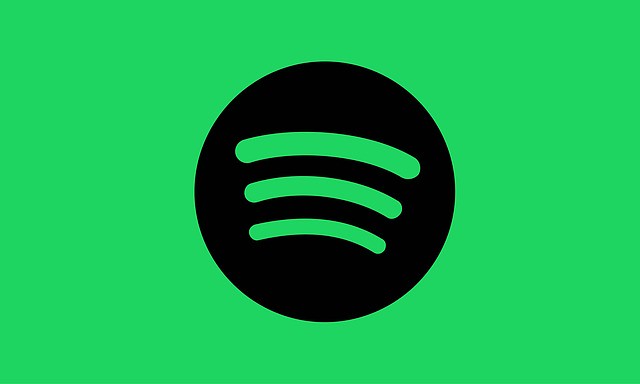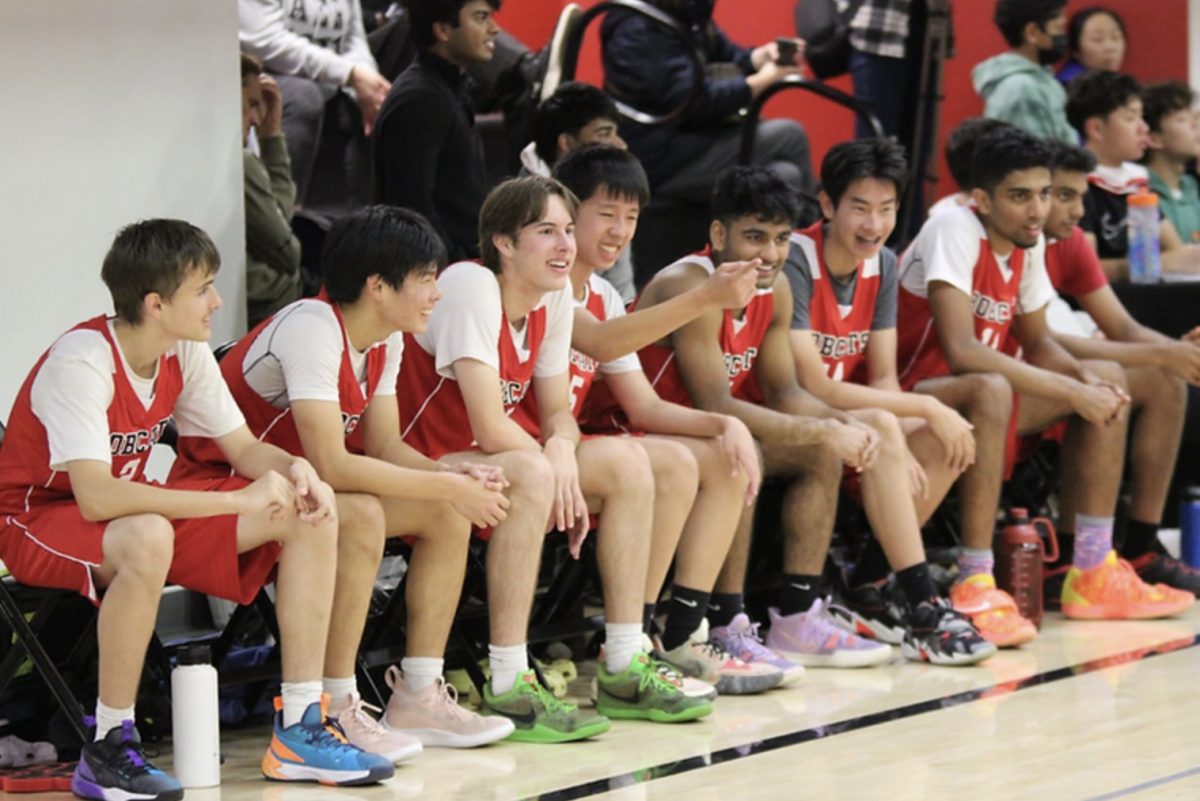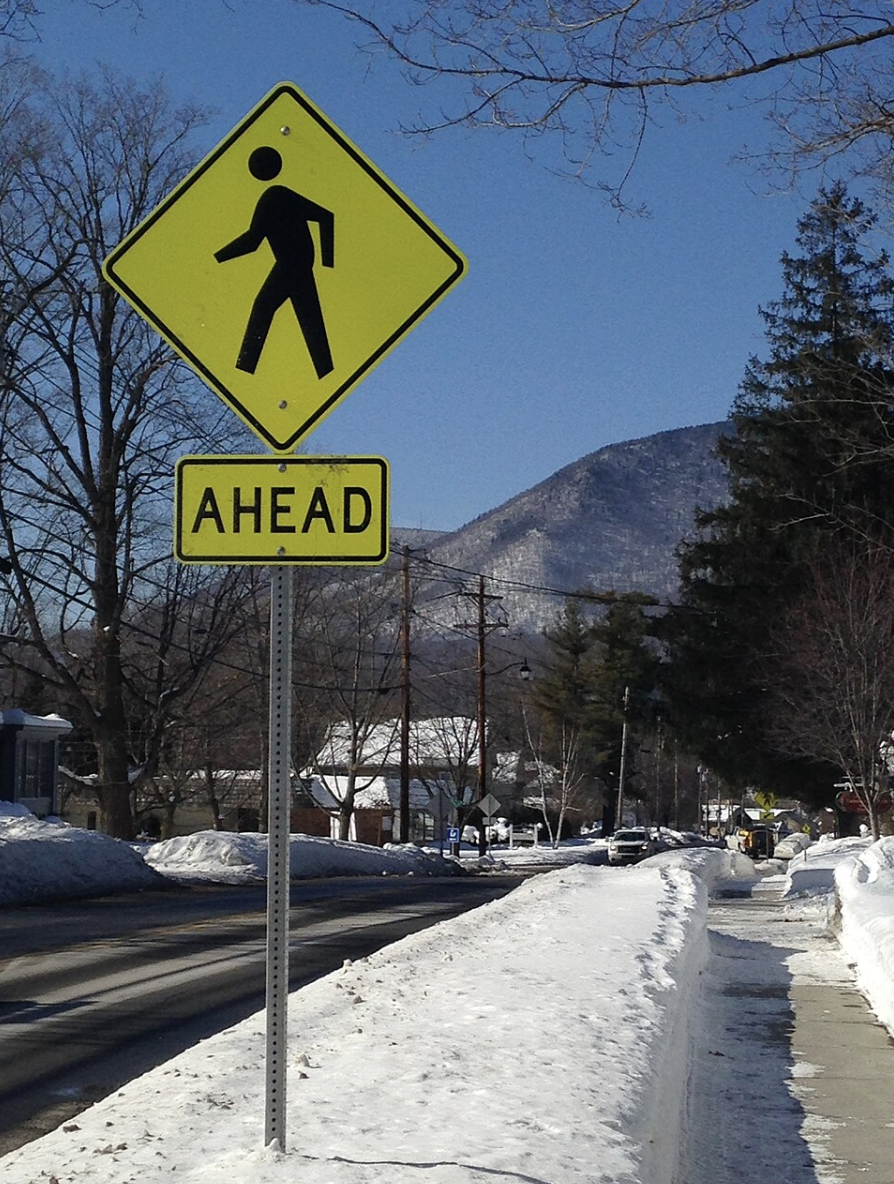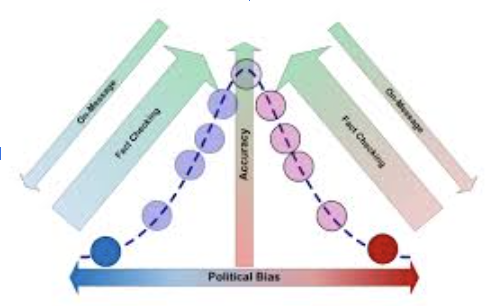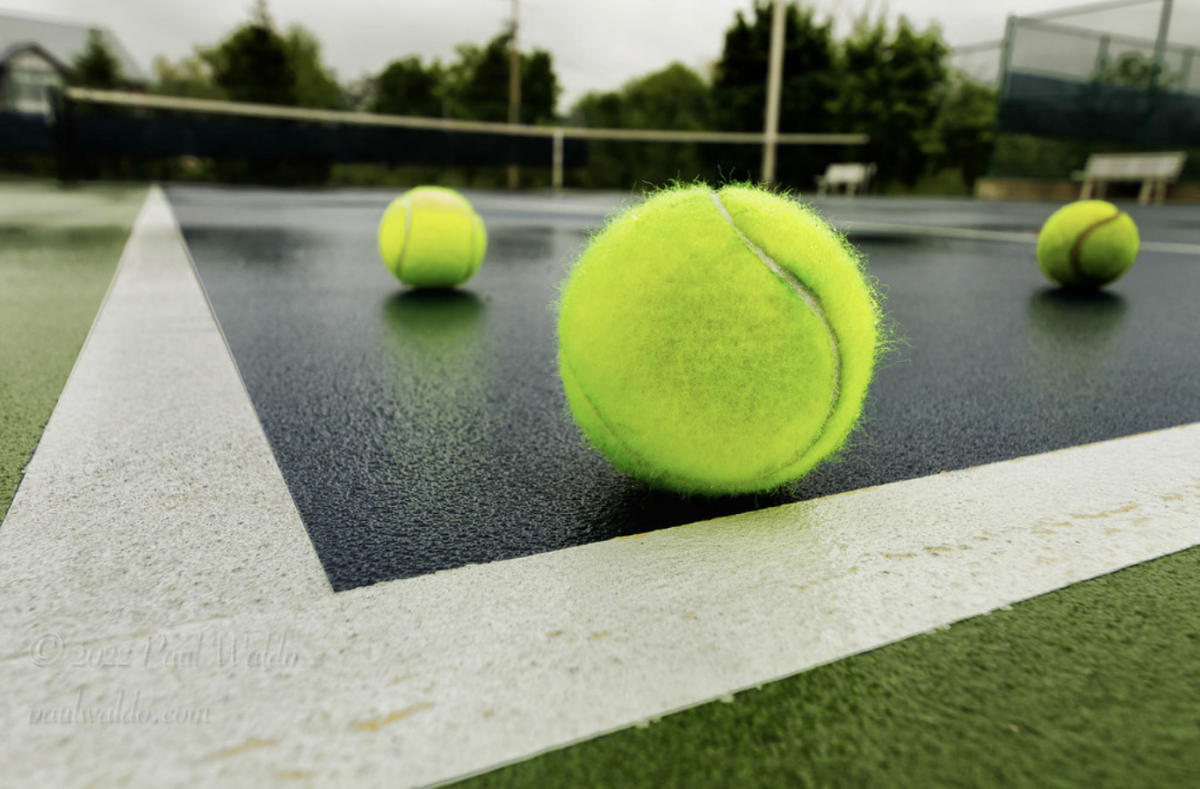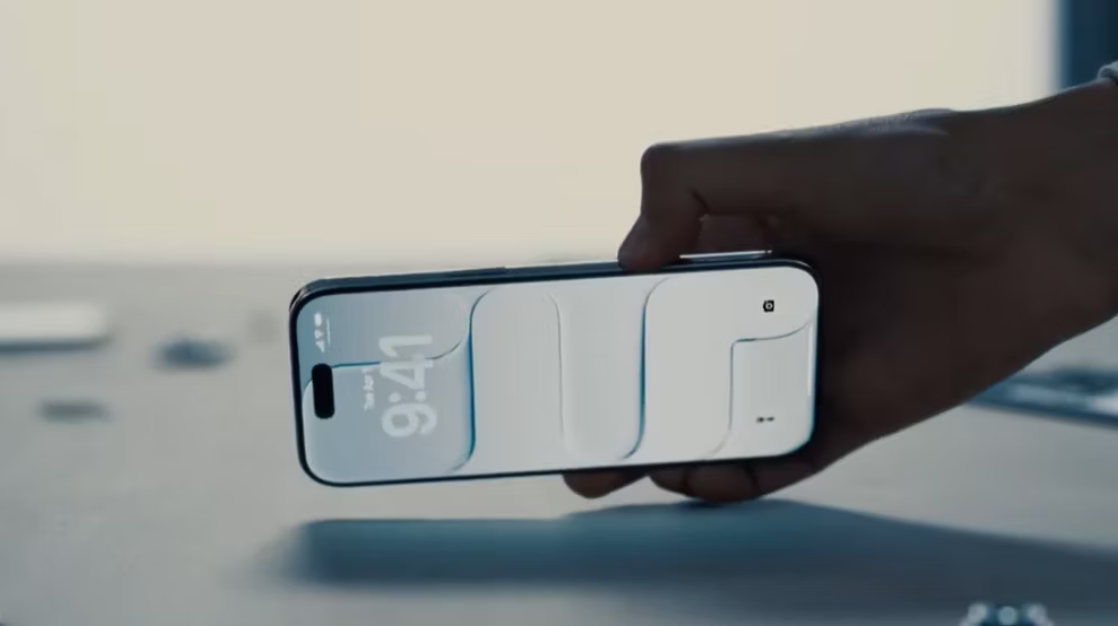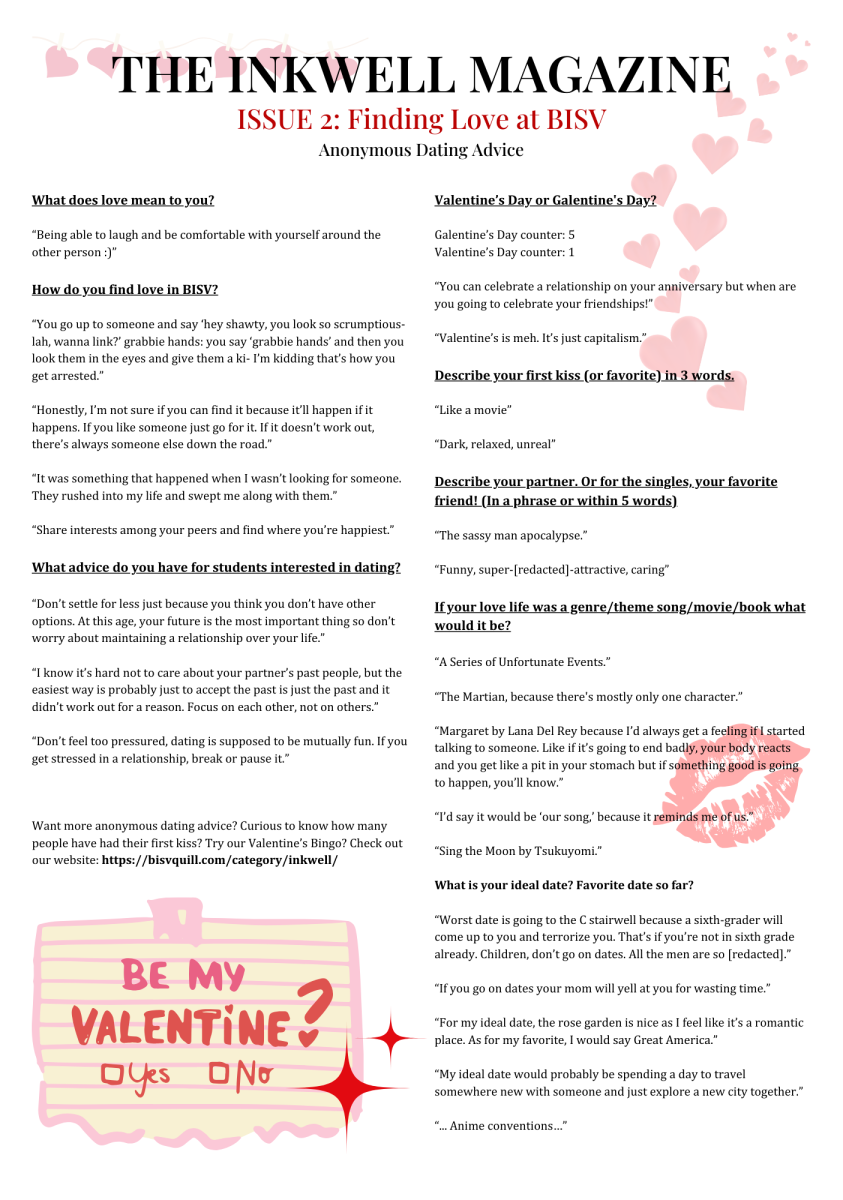Previously published Oct. 29, 2020
Due to COVID-19 school closures, over 1.2 billion children are currently out of the classroom. Some schools, like Korea’s government schools, will be held exclusively online, while others like BISV are starting to cautiously reopen.
Throughout the past decade, education technology has already seen much growth and support, and the industry garnered US$18.66 billion in investments in 2019. Students are all too familiar with easily accessible apps like Duolingo, Quizlet, Kahoot!, and Edmodo, but as a result of COVID, such online learning software has seen a dramatic expansion in demand. For example, when the Chinese government shut down all public institutions, Alibaba’s distance learning tool “DingTalk” prepared for the massive influx of users by deploying over 100,000 new servers in just a month.
But is online learning even effective? Most teachers aren’t trained for digital lecturing, and many students don’t have access to sufficient bandwidth or technology. Resultantly, there is a great disparity between those of privileged and non-privileged backgrounds: while a relatively great proportion of high schoolers in the United States have access to a personal laptop, the same cannot be said for Ethiopia, Peru, and many other countries. Even within the US, 17% of students don’t have access to a personal computer, creating a very real, very concerning phenomenon called the “Homework Gap”.
Moreover, for those who are equipped with adequate technology, the efficacy of online learning in comparison with traditional learning is debatable. Some studies have shown that flexible and self-guided online learning has its merits (personally, that extra hour or so of sleep every morning really wards off those dark circles), while other studies criticize online learning for its negative impact on students’ mental and physical health. Feelings of isolation from the lack of face-to-face contact are rampant, and there’s no way sitting in front of a computer screen for 6-7 hours a day (in addition to time spent on streaming services, Youtube, and social media) can be good for anyone’s vision.
Even worse, lab intensive courses like chemistry or engineering and supply heavy courses like studio art and theater have been severely compromised. Schools and universities cannot expect the average student to have a complete set of laboratory glassware, or pints of spare acrylic paint in their storage, and while teachers can give the most stunning and informative lectures on color theory and chromatography, nothing beats learning by doing.
What are your thoughts on schools reopening? Yay or nay?
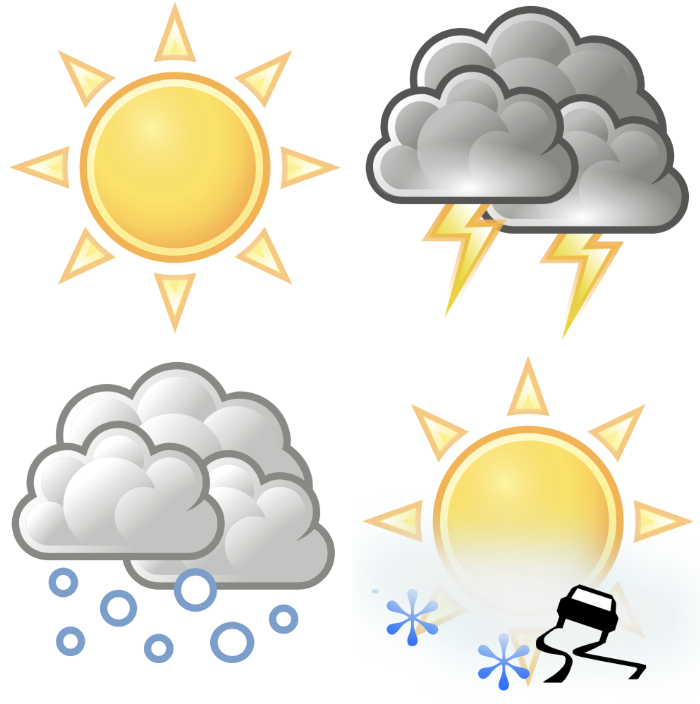




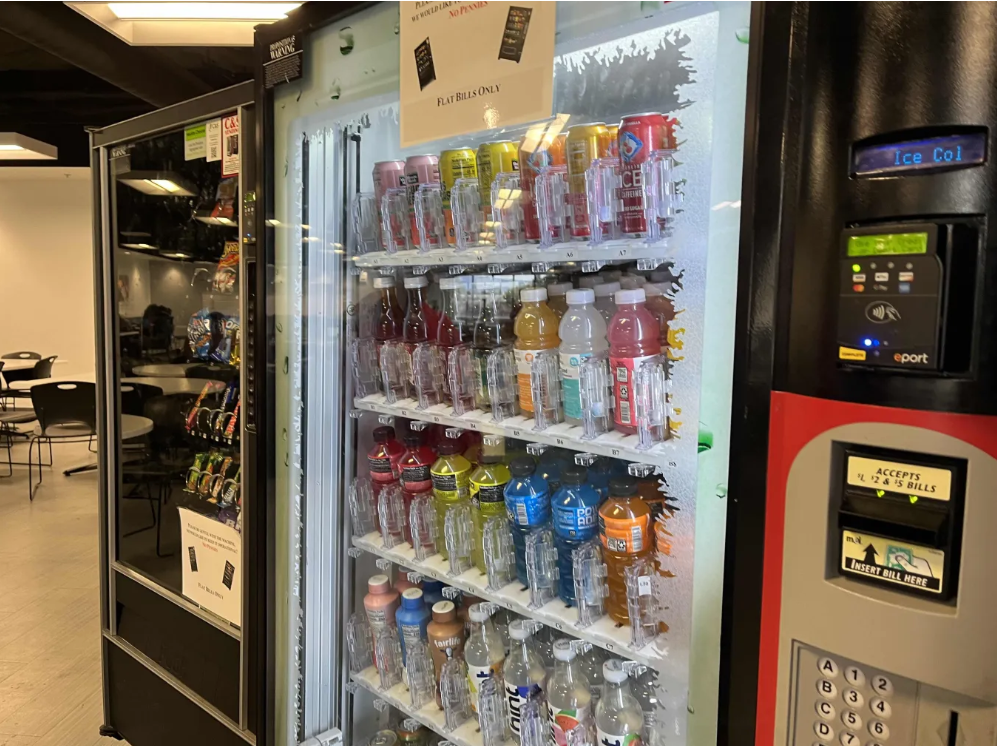



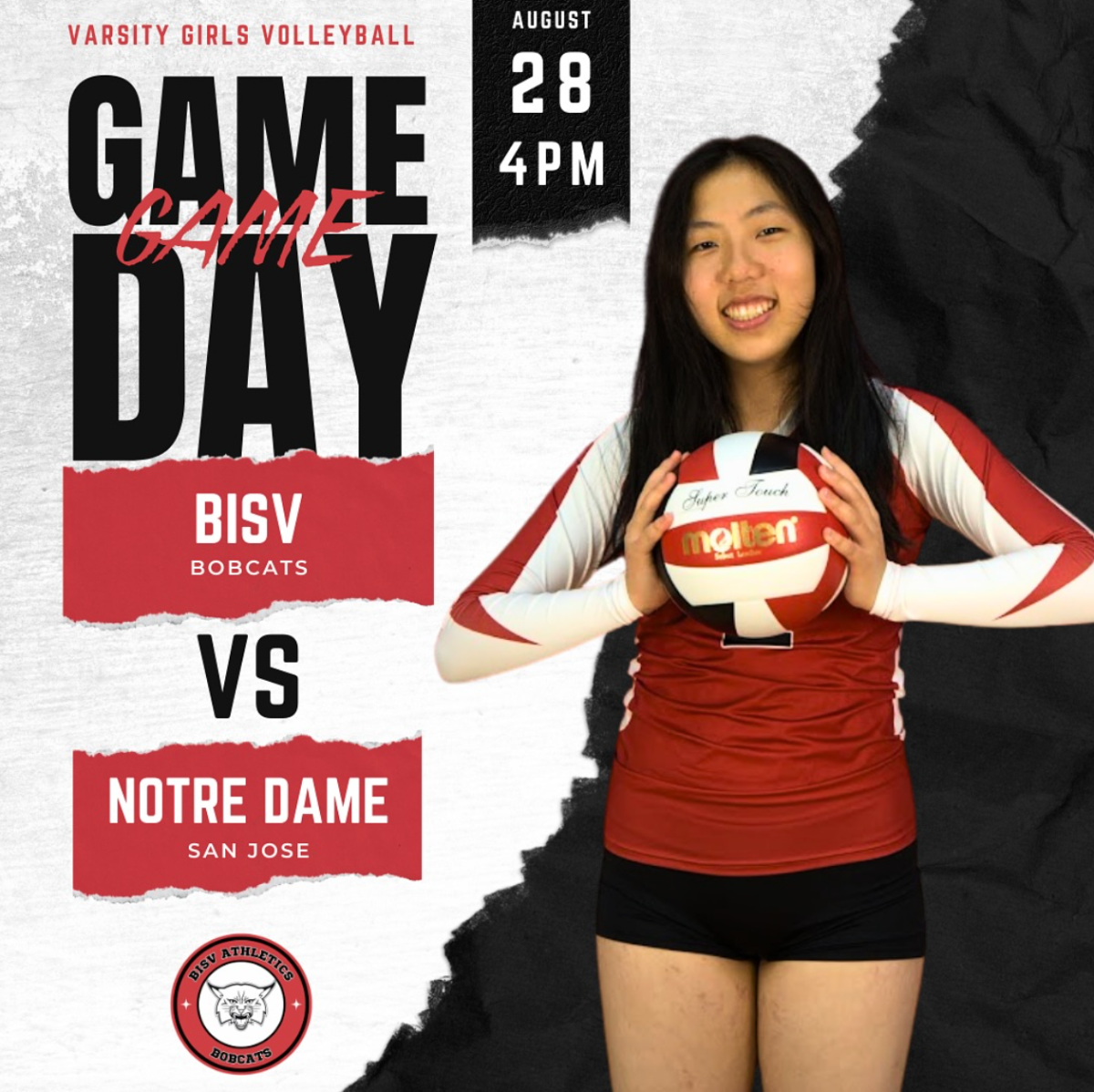


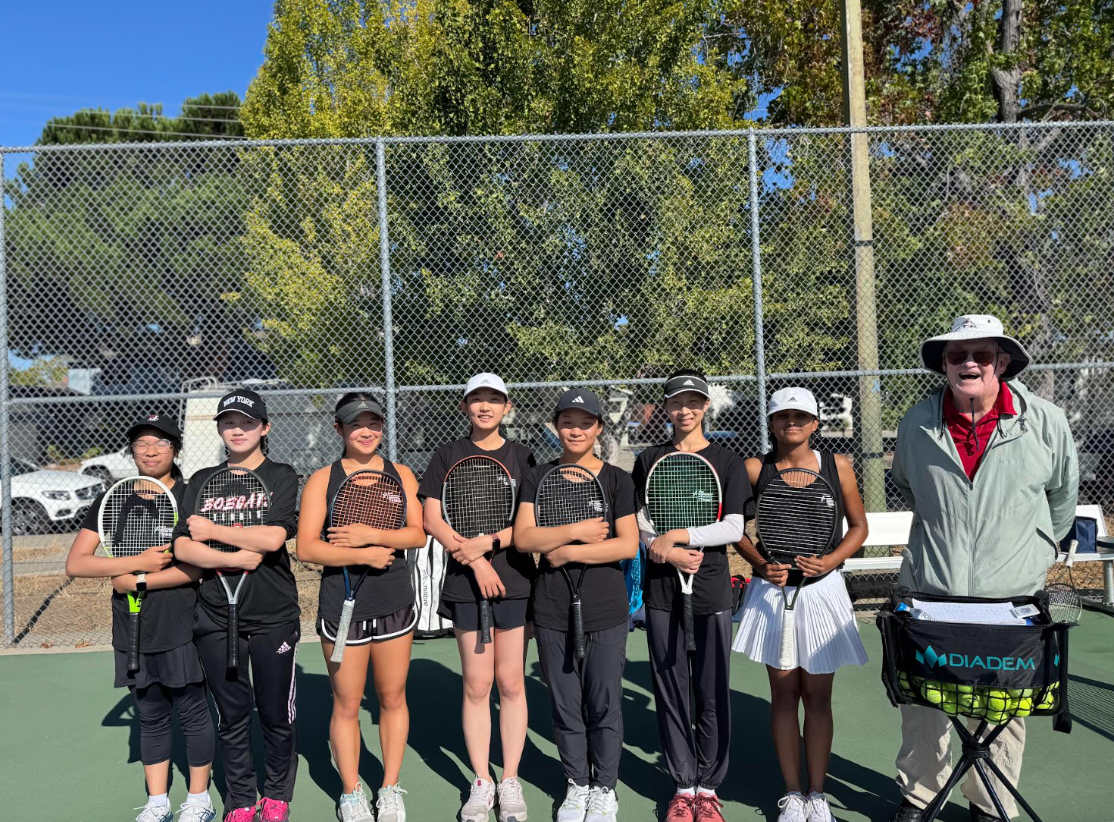




![Teacher [Milk] Tea: Part 2](https://bisvquill.com/wp-content/uploads/2024/03/Screen-Shot-2024-03-19-at-9.28.48-PM.png)

